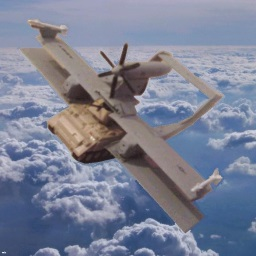Weren't grenades originally the same size and weight as baseballs so that people would be used to throwing them?
WWI German grenades had sticks, which increased range a lot at the expense of accuracy.
Americans, raised on baseball, were able to get the pineapple grenades into impossible holes, which made them a lot more effective than the German-style grenade.
I actually heard that reasoning as well but after I read into it I came to the conclusion that this is most likely false. Roundly shaped grenades have been around for centuries and the first introduction of a pineapple-shaped grenades was by the Brits in WW1.
Also a grenade is around three times as heavy as a baseball.
But it makes sense that Americans were/are especially good at throwing grenades because of baseball.Yeah, grenades and baseballs are the same size for the same reason: It's about as big a shape as a person can hold and throw far with a lot of accuracy. It was just a happy coincidence that my grandfather was both on a winning Little League team and the Nazis loved pillboxes with tiny holes. He was part of the 14th Armored and could probably land a grenade in a pillbox from a hundred feet away just like throwing someone out at home from left field.
Have you considered a trebuchet?
Are we going to dwelve into trebuchet mems.
I don't even think it's a meme. A trebuchet propelled grenade sounds very effective.
Is a trebuchet a man portable, fire on the go device?
It would be an interesting engineering project to build a small scale trebuchet that could be calibrated to throw grenades very specific distances by adjusting the counterweight.


